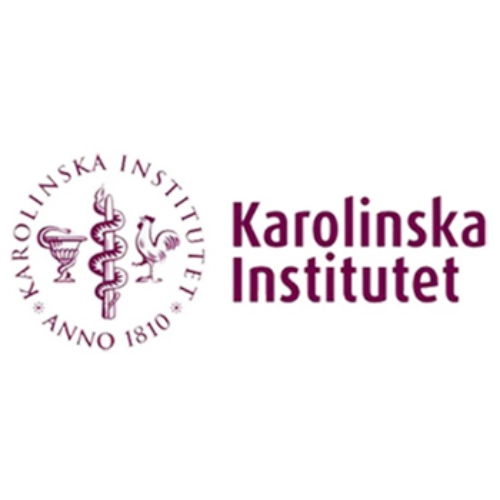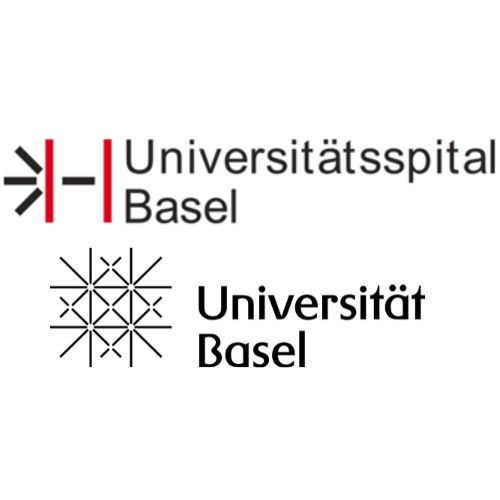About Us
Dark Matter
In the context of IR-NCDs, "dark matter" refers to the immense space of unknown microbial triggers and immune responses that current science has not yet mapped. These hidden factors may hold the key to understanding disease onset and progression.
Microbes have complex genomes, and their interactions with the immune system are vast and variable. Conventional techniques can only screen a fraction of these interactions. Using PhIP-Seq and multi-omics methods, ID-DarkMatter-NCD can now test immune responses against over 600,000 antigens. This previously invisible landscape may explain why only some people develop chronic illness after infection and why disease courses vary so much. By mapping this "dark matter," the project aims to bring clarity to disease processes that have long remained obscure, such as why identical infections lead to chronic conditions in some individuals but not others.
Our use of the term “dark matter” highlights how much is still unknown despite decades of immunology and microbiology research. Just as astrophysicists postulated the existence of invisible mass to explain anomalies in gravitational behavior, we propose that the elusive microbial and immunological factors play a similarly obscured role in chronic disease. Many of these factors are undetectable with traditional tools. Molecular mimicry, cross-reactivity, latent infections, and microbiome imbalances often lie beyond the detection threshold of standard assays.
What makes this project unique is the unprecedented scale and scope of antigen screening. Our PhIP-Seq libraries contain bacterial, viral, and even human self-antigens, offering the possibility to detect not only triggers of disease, but also autoimmune mechanisms such as antibody cross-reactivity. Furthermore, our approach allows us to investigate how these immunological fingerprints vary by genetics, sex, geography, and disease state. This gives us a powerful lens into the individualised pathways that lead from infection to immune dysregulation, helping us explain why similar infections lead to vastly different outcomes indifferent people.
This dark matter is not a metaphor—it’s a measurable, mappable component of disease biology. And by illuminating it, we unlock the potential for earlier diagnosis, smarter risk stratification, and targeted therapies that could transform how chronic inflammatory diseases are treated across Europe and beyond.
Our Objectives
We aim to:
Identify infectious agents and pathobionts linked to IR-NCDs
Determine genetic and environmental risk factors
Validate causal mechanisms in animal models
Predict disease risk and treatment outcomes
Create a replicable framework for future ID/NCD studies
Our objectives are ambitious yet grounded in real-world data and methodologies. By combining large-scale patient cohorts with deep multi-omics profiling and advanced data science, we strive to identify actionable biomarkers and risk signatures. These will not only improve diagnostic accuracy but also help predict how individuals will respond to therapies or whether they are likely to develop IR-NCDs following an infection.The framework we develop can be used across diseases, setting a new gold standard for studying infection-related chronic illnesses.
Project Approach
Our approach integrates:
Multi-cohort design: clinical and population-based data
Multi-omics profiling: immunomics, genomics, microbiota, metabolomics
AI-powered analysis: machine learning to predict and stratify disease
Validation: causal links tested in pre-diagnostic samples and mouse models
ID-DarkMatter-NCD operates through a deeply interconnected framework where various experts collaborate across disease-specific and technological domains. By using both pre-diagnostic samples and longitudinal data, we can study both the onset and progression of disease. Mouse models allow us to test hypotheses in controlled settings and confirm the causal role of specific pathogens or immune responses. AI helps synthesize complex multi-layered data into insights that can guide clinical decisions and public health strategies.

The Partners
Our consortium includes 13 leadingEuropean institutions, including:
ID-DarkMatter-NCD operates through a deeply interconnected framework where various experts collaborate across disease-specific and technological domains. By using both pre-diagnostic samples and longitudinal data, we can study both the onset and progression of disease. Mouse models allow us to test hypotheses in controlled settings and confirm the causal role of specific pathogens or immune responses. AI helps synthesize complex multi-layered data into insights that can guide clinical decisions and public health strategies.
Get Involved
Meet our sister-projects:

POINT, a European Union-funded initiative, aims to improve the outcomes of people who have had COVID-19 by conducting research into its long-term effects. Through advanced biomarkers and a virtual twin model, we will personalise care for survivors, predict future health complications, and develop standardised guidelines for healthcare professionals. Join us in our mission to improve the lives of millions of patients.
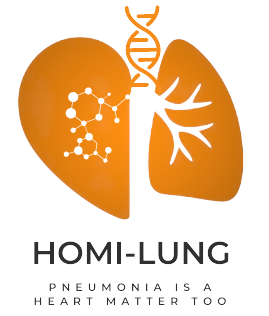
Homi-lung investigates the relationship between cardiovascular disease progression and the immune and microbiome changes after pneumonia, thus enabling early identification of at-risk patients, and developing new treatments.

ENT1DEP aims to generate new knowledge about the association between enterovirus infections (particularly by Coxsackie viruses B – CVBs) and Type 1 Diabetes (T1D), and the host factors regulating the outcomes of infections.
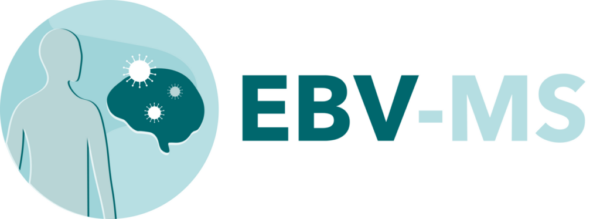
EBV-MS investigates the link between Epstein-Barr virus (EBV) infection and the development of multiple sclerosis (MS), to determine why some infected individuals develop MS, and to explore whether targeting EBV could prevent or improve the course of MS.
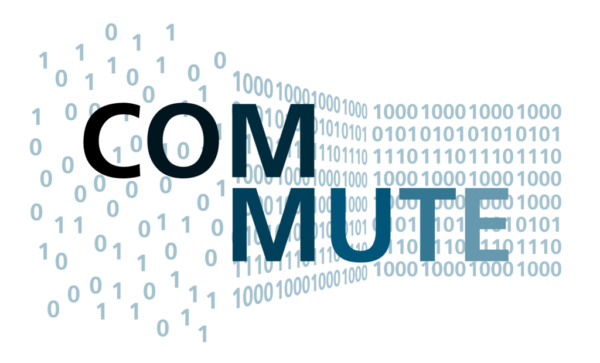
COMMUTE aims to estimate the risk of neurodegenerative disorders comorbidities after COVID-19 infection and understand the comorbidity between COVID and neurodegenerative disorders at the mechanistic level.
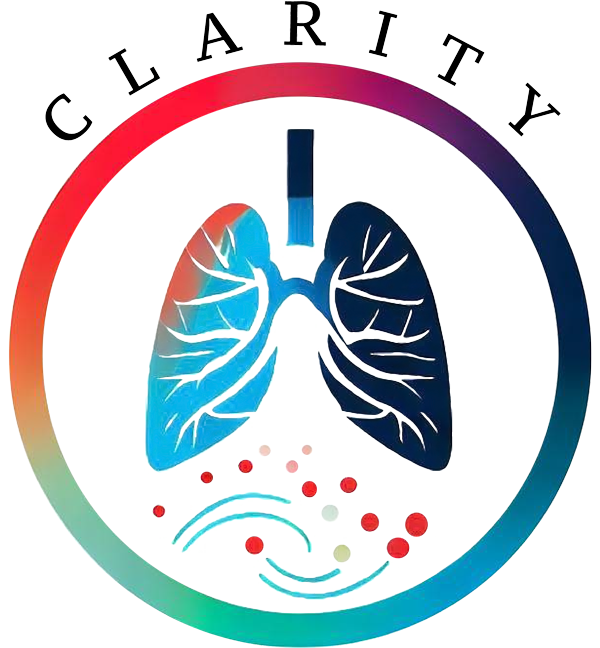
CLARITY aims to identify genetic risk factors and mechanisms linked to severe bronchiolitis induced by respiratory syncytial virus in infants, by using AI to analyse data and identify alterations in cellular, molecular and physiological processes.

BEHIND-MS aims to understand how Epstein-Barr virus promotes multiple sclerosis development by mapping interactions between the virus, immune system, and brain cells. This will lead to new diagnostic, preventive and therapeutic tools.
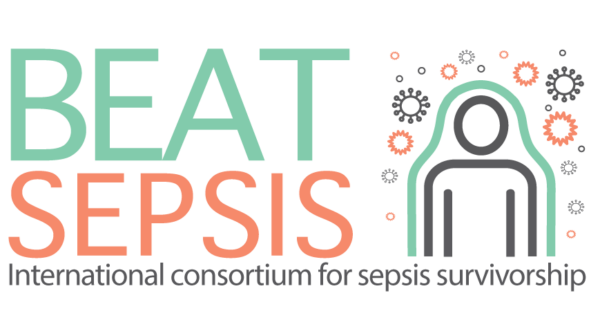
BEATsep aims to define markers of poor recovery of patients after sepsis and septic shock. This will be achieved through the discovery of novel mechanisms and their markers predicting the decline of health-related quality of life after sepsis.
Contact
Coordination:
Dr. Thomas Vogl — Medical University of Vienna
EMail: darkmatter@darkmatter-project.eu
Media inquiries:
Mikael Muegge
This project has received funding from the European Union’s Horizon Europe research and innovation programme under grant agreement no. 101136582 as well as the Swiss State Secretariat forEducation, Research and lnnovation (SERI).
Views and opinions expressed are however those of the author(s) only and do not necessarily reflect those of theEuropean Union, the European Health and Digital Executive Agency (HaDEA) orSERI. Neither the European Union, HaDEA nor SERI can be held responsible for them.











